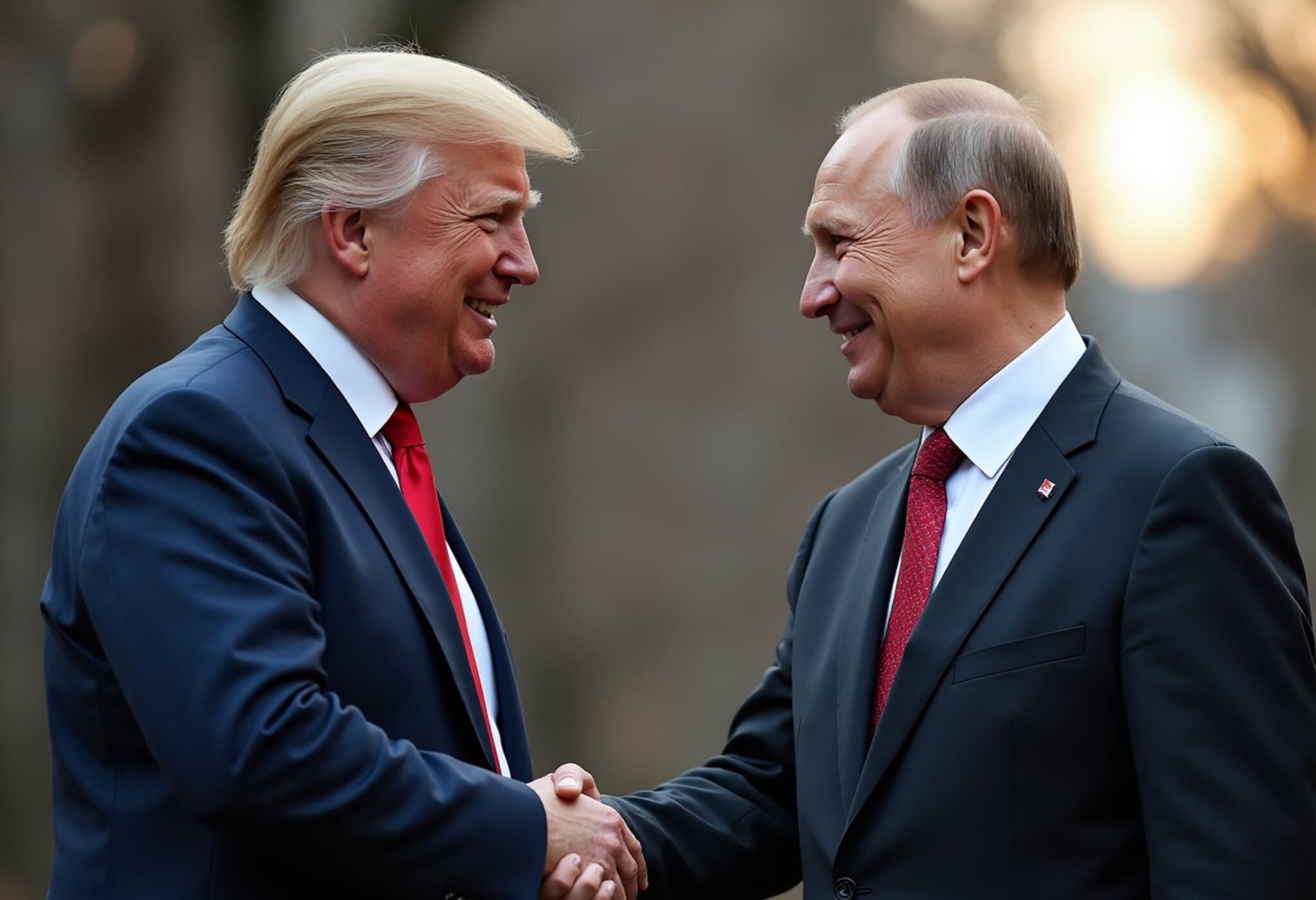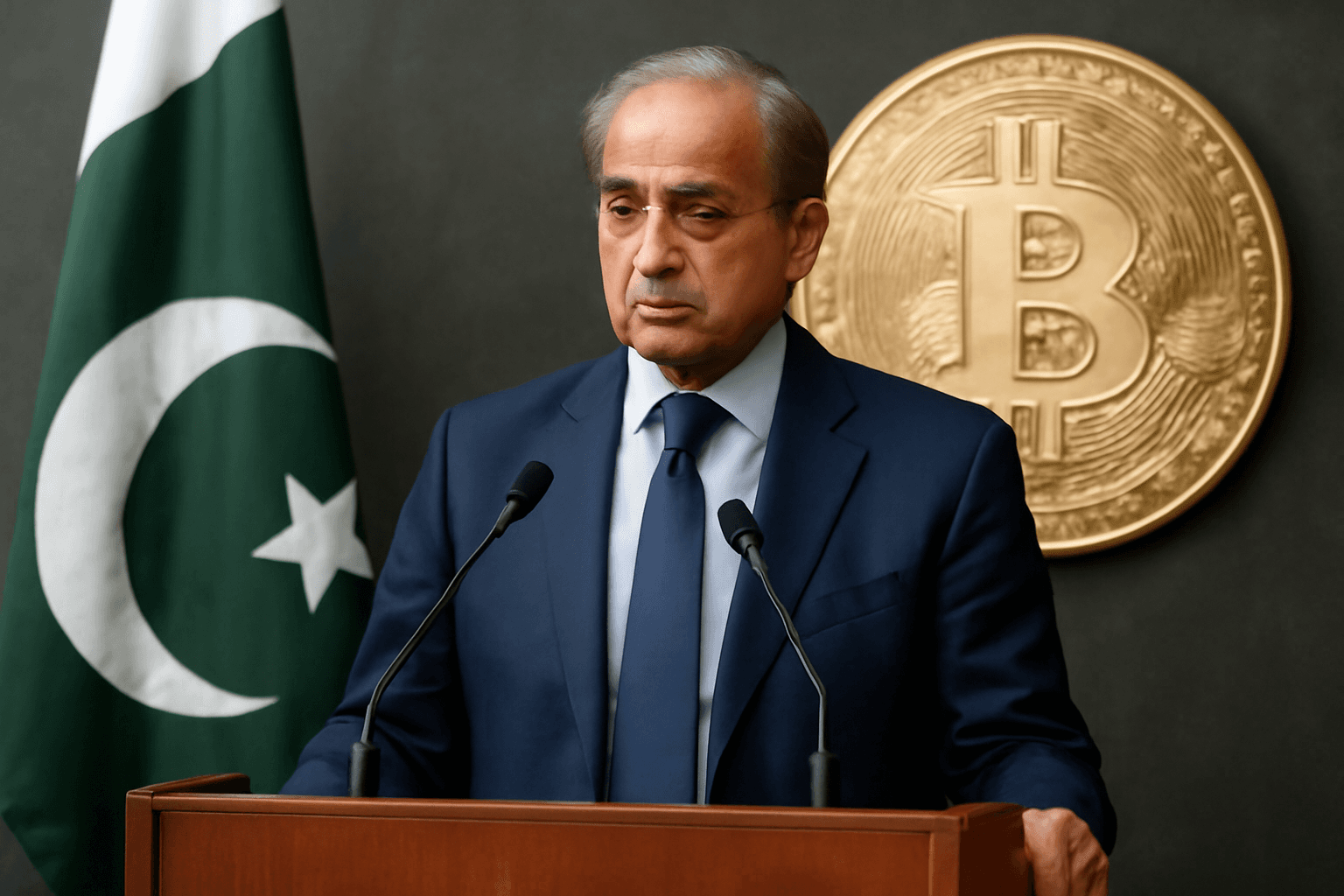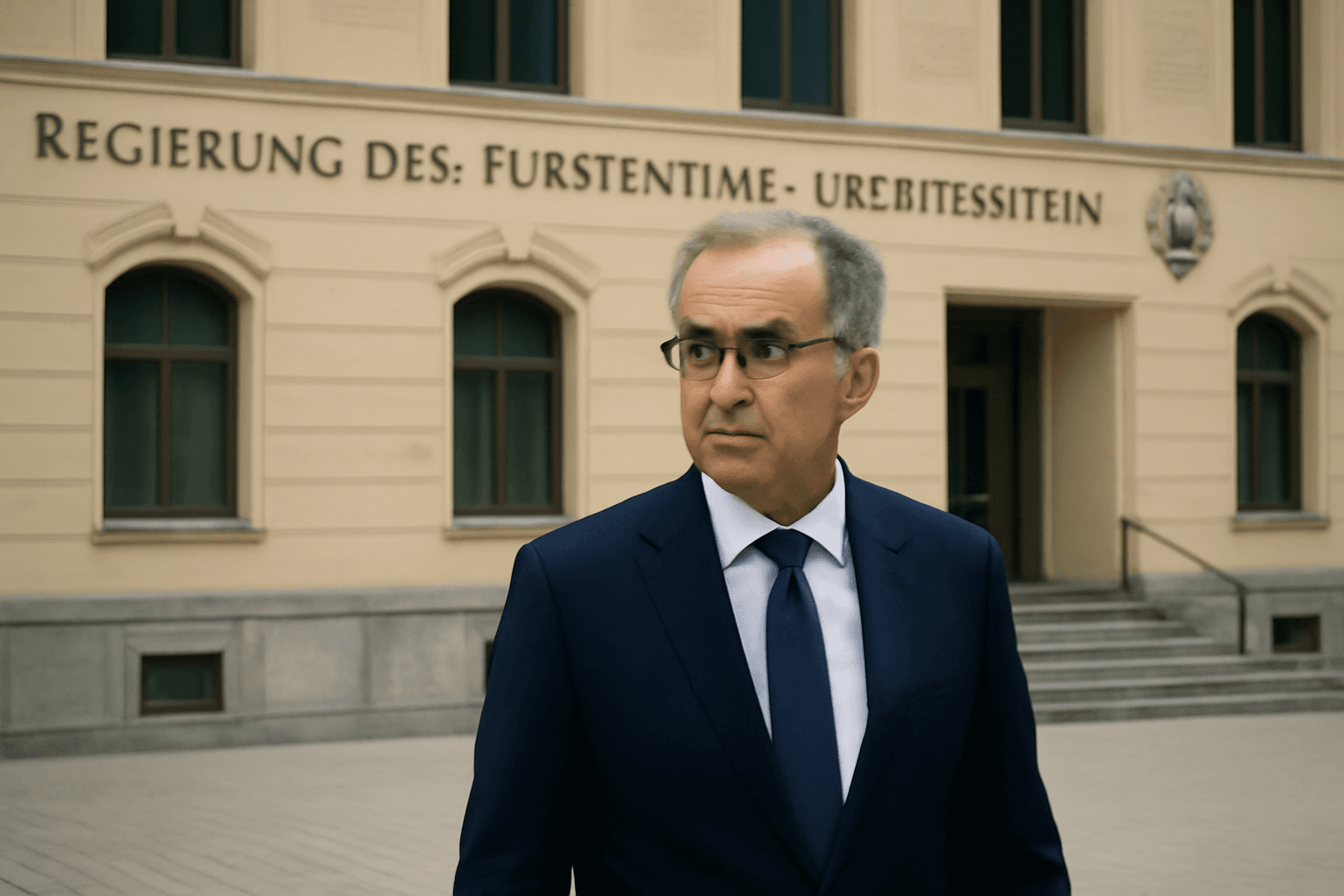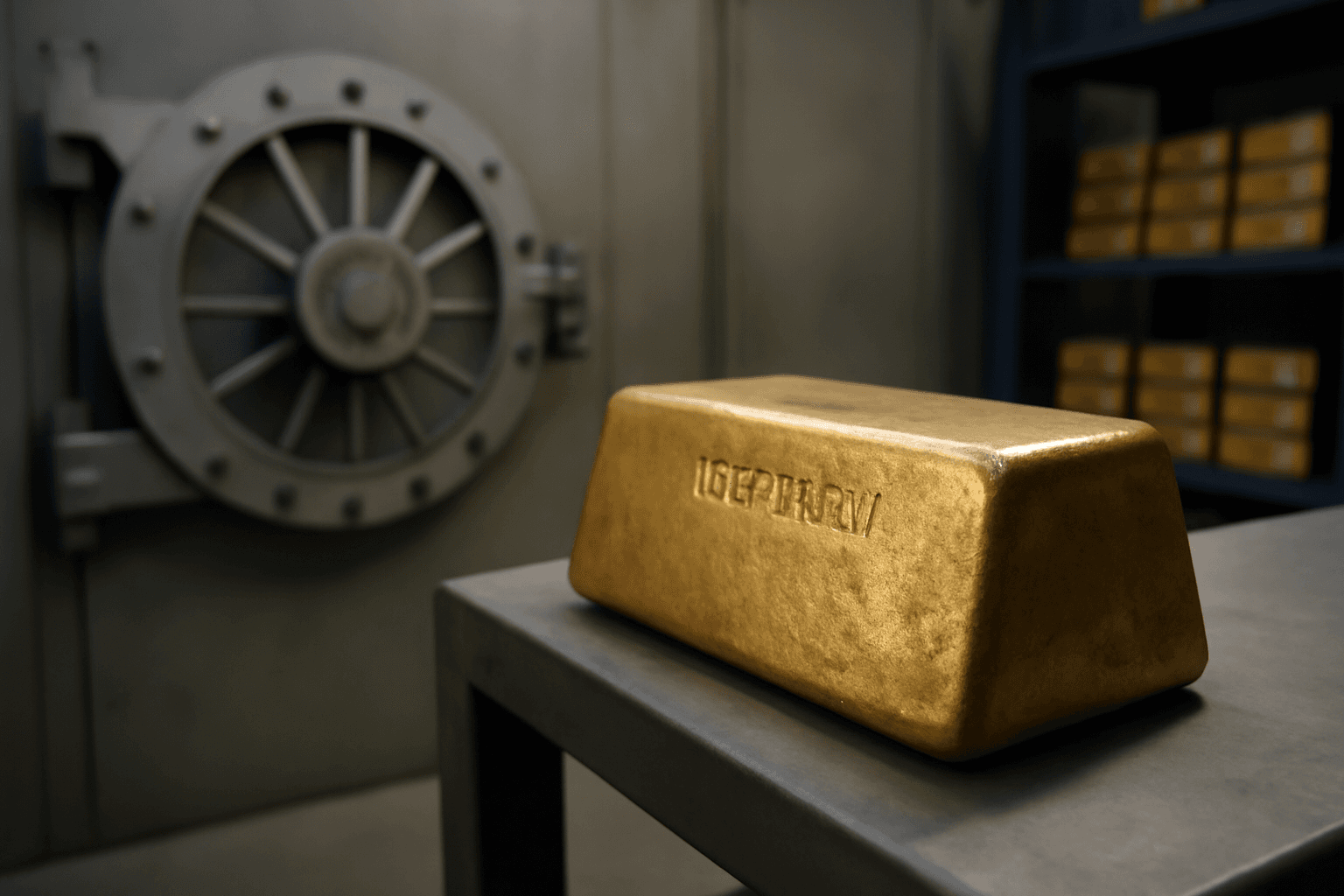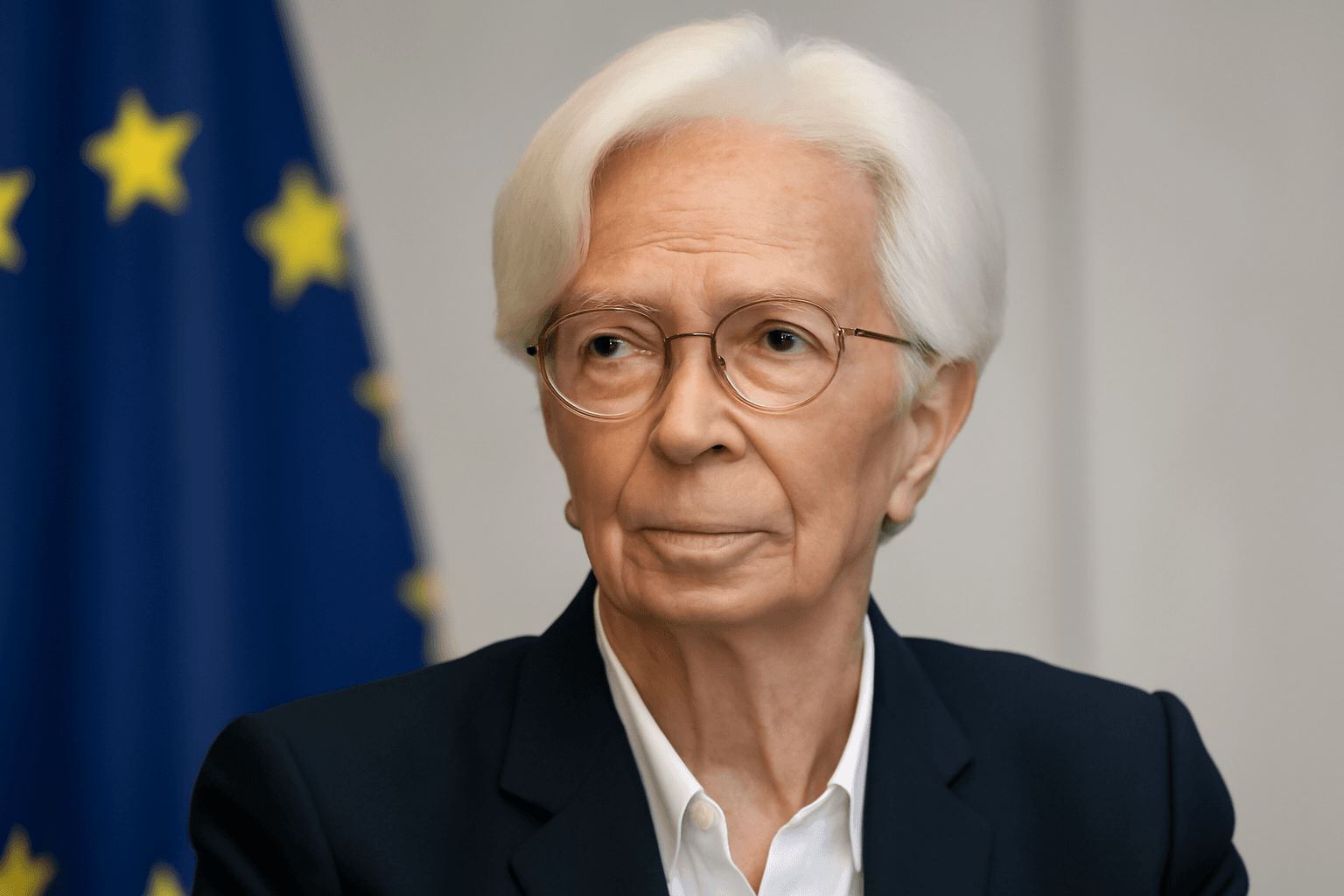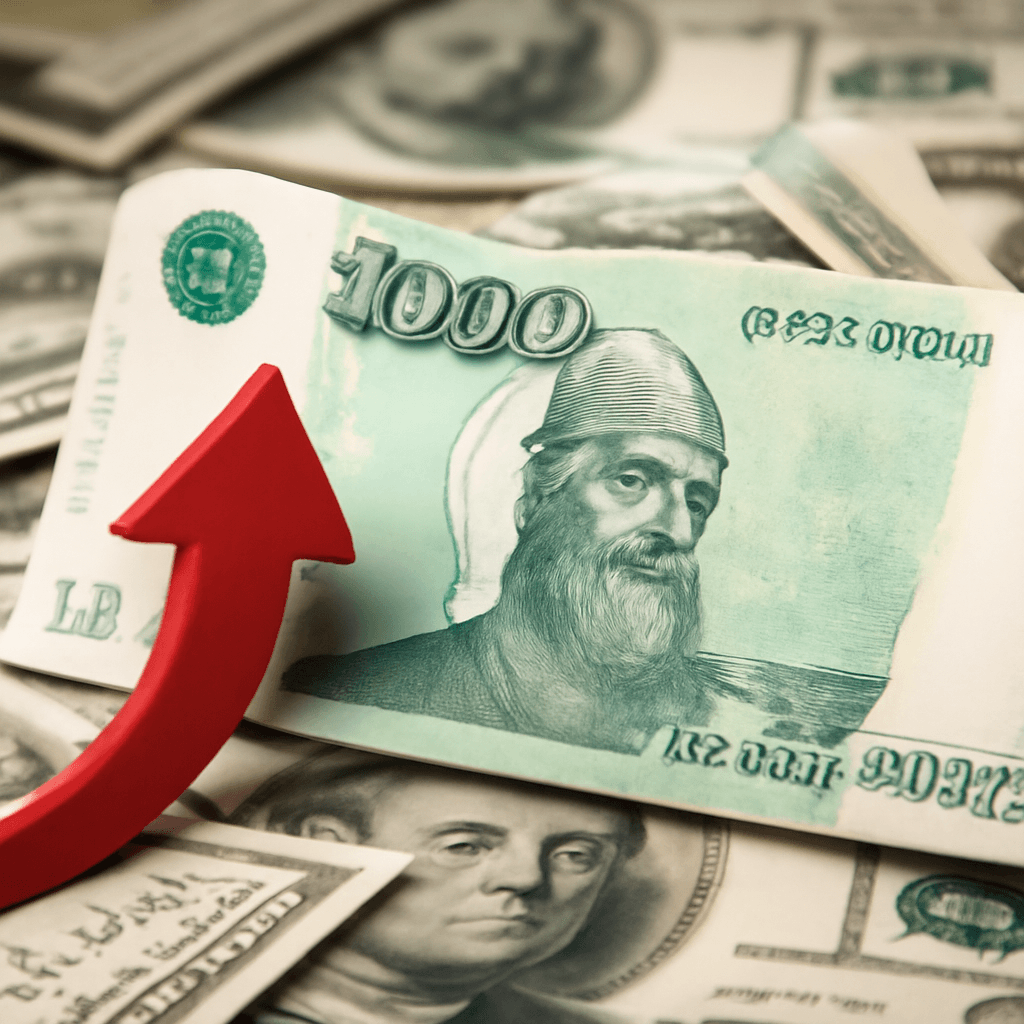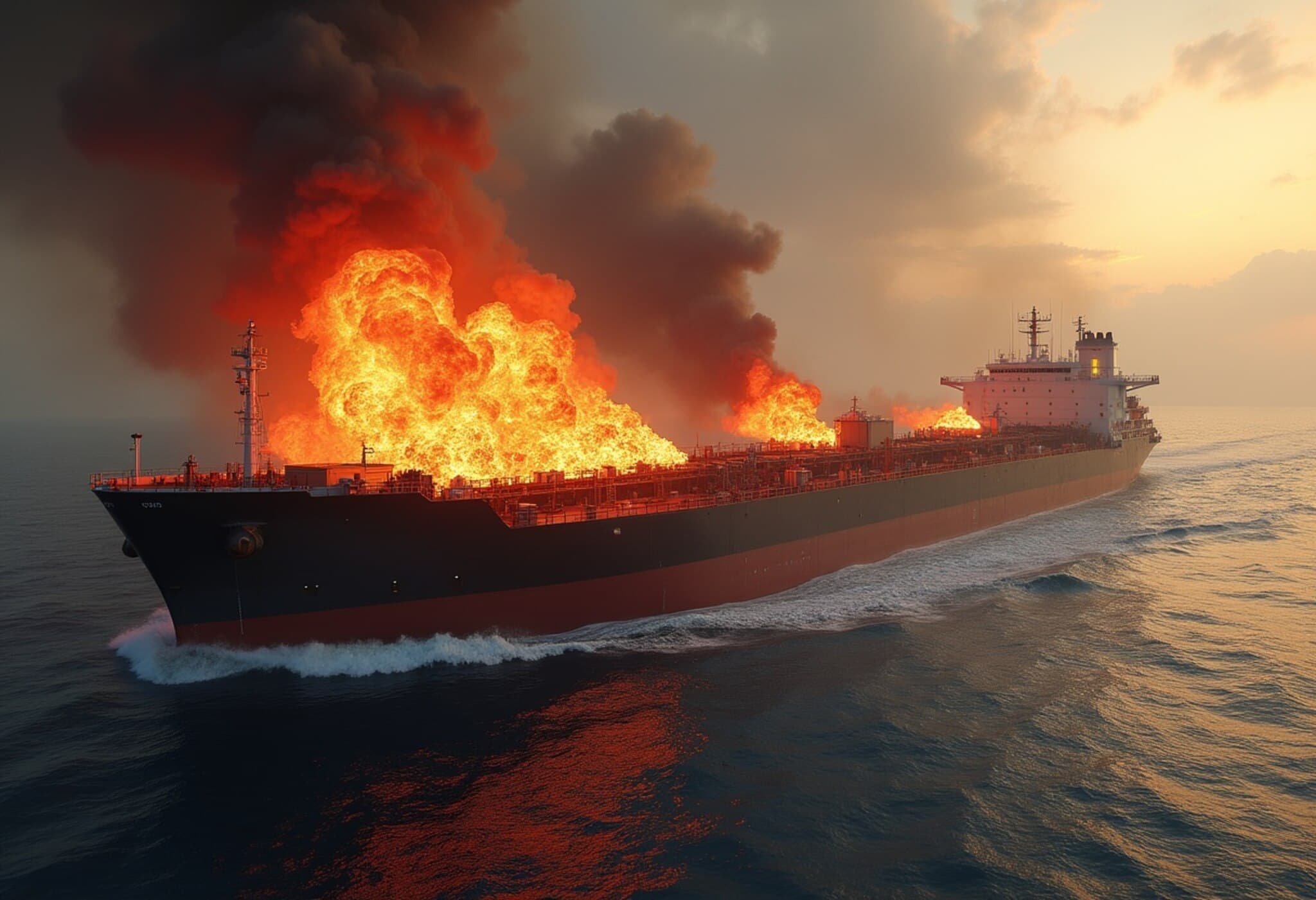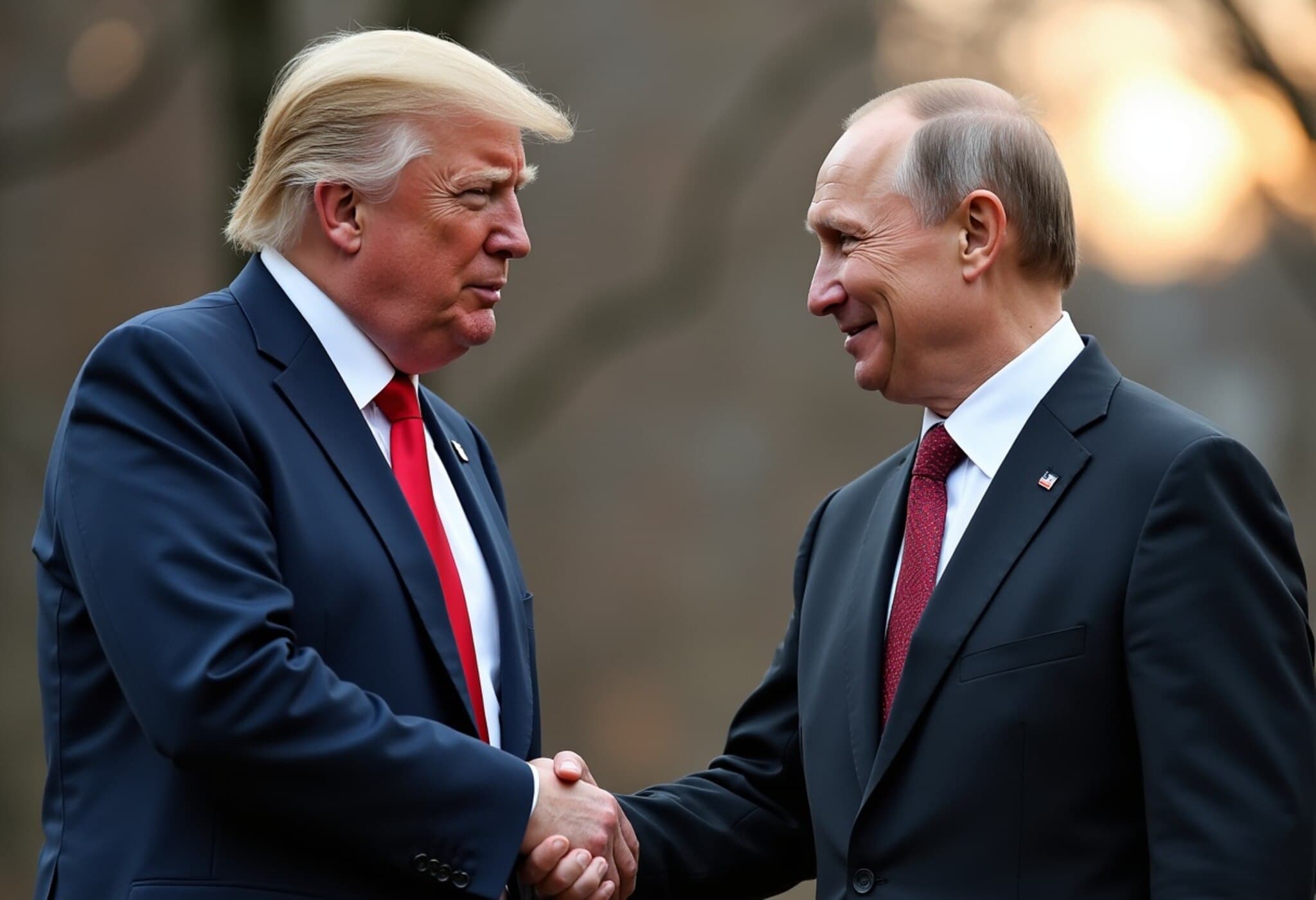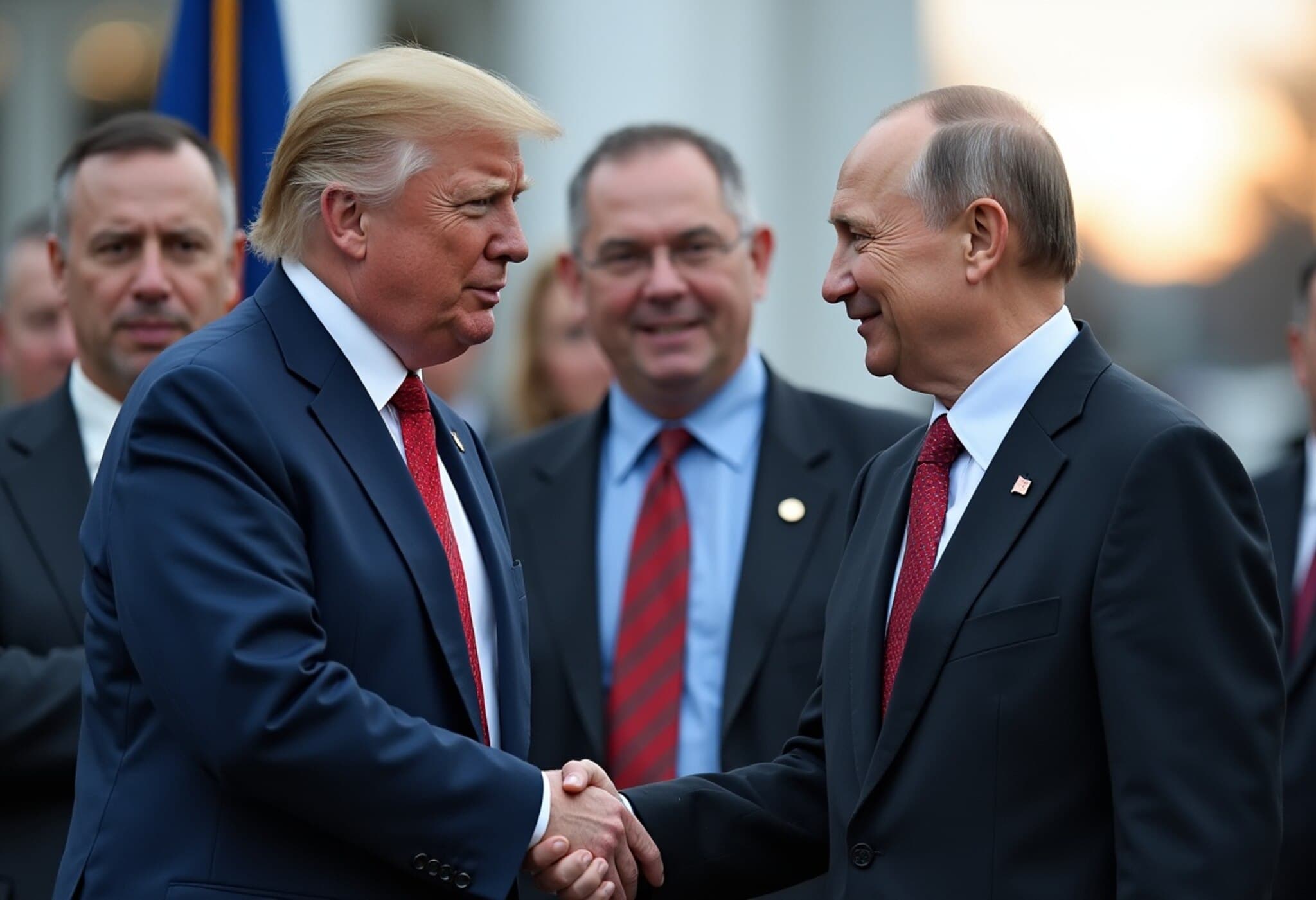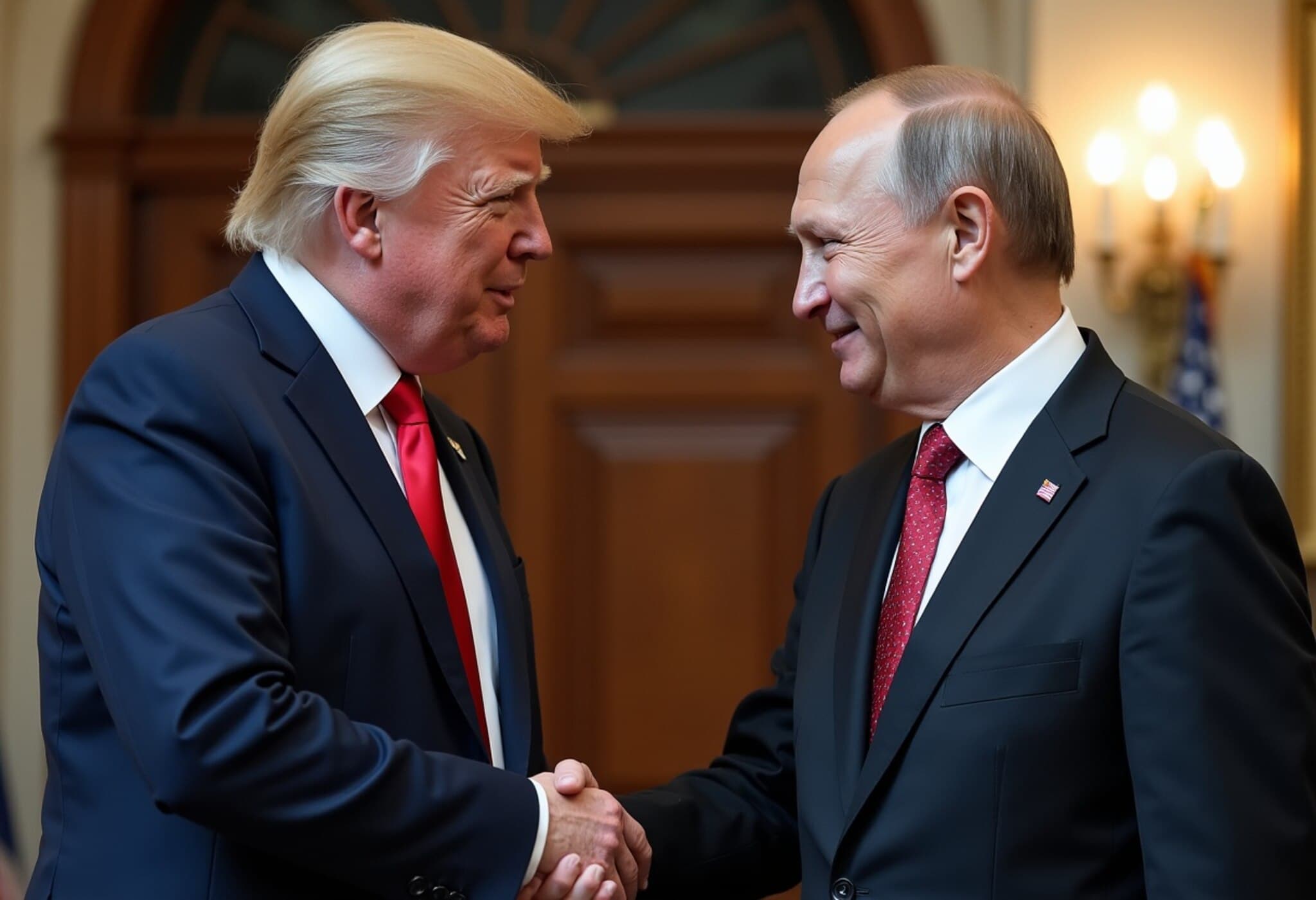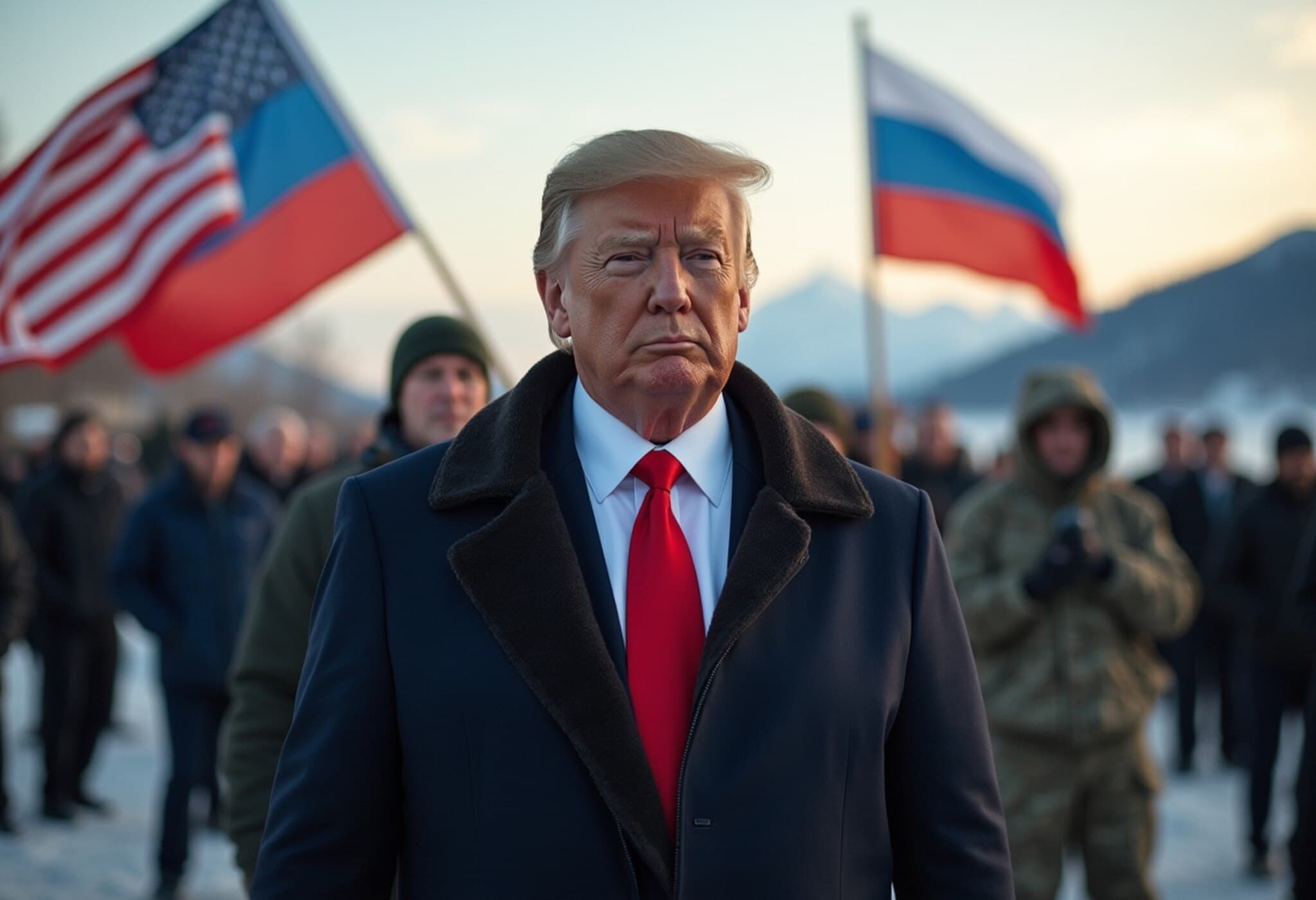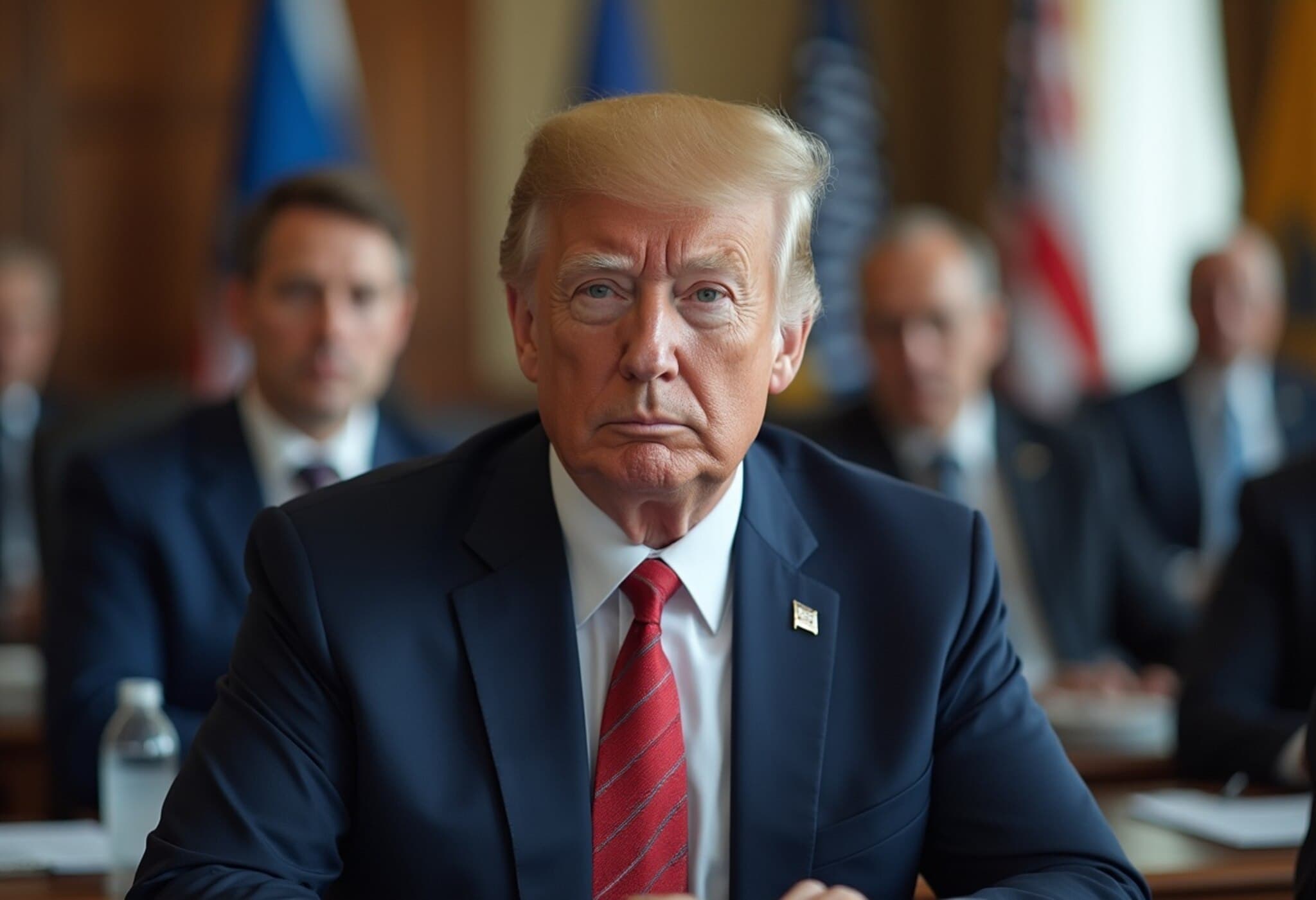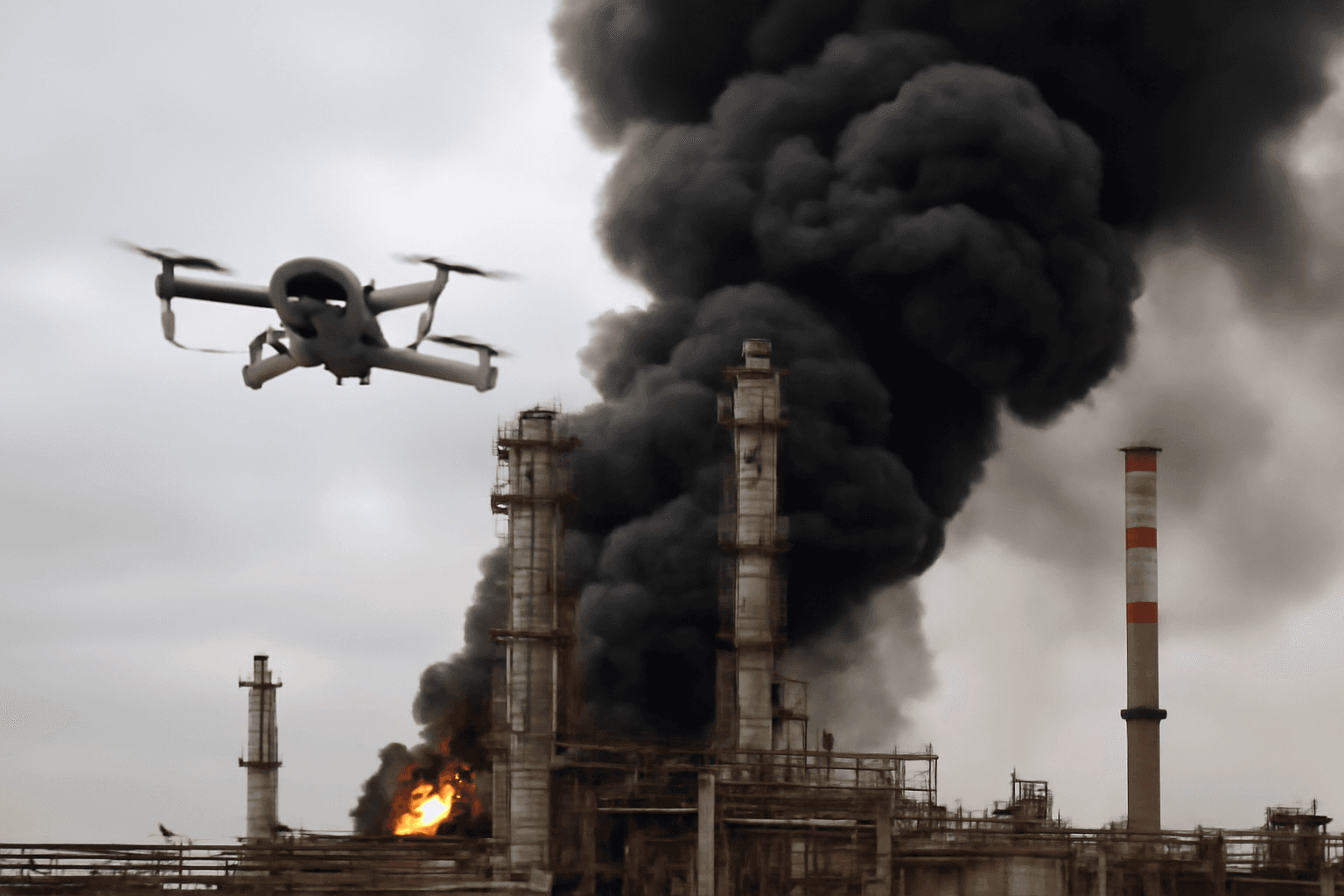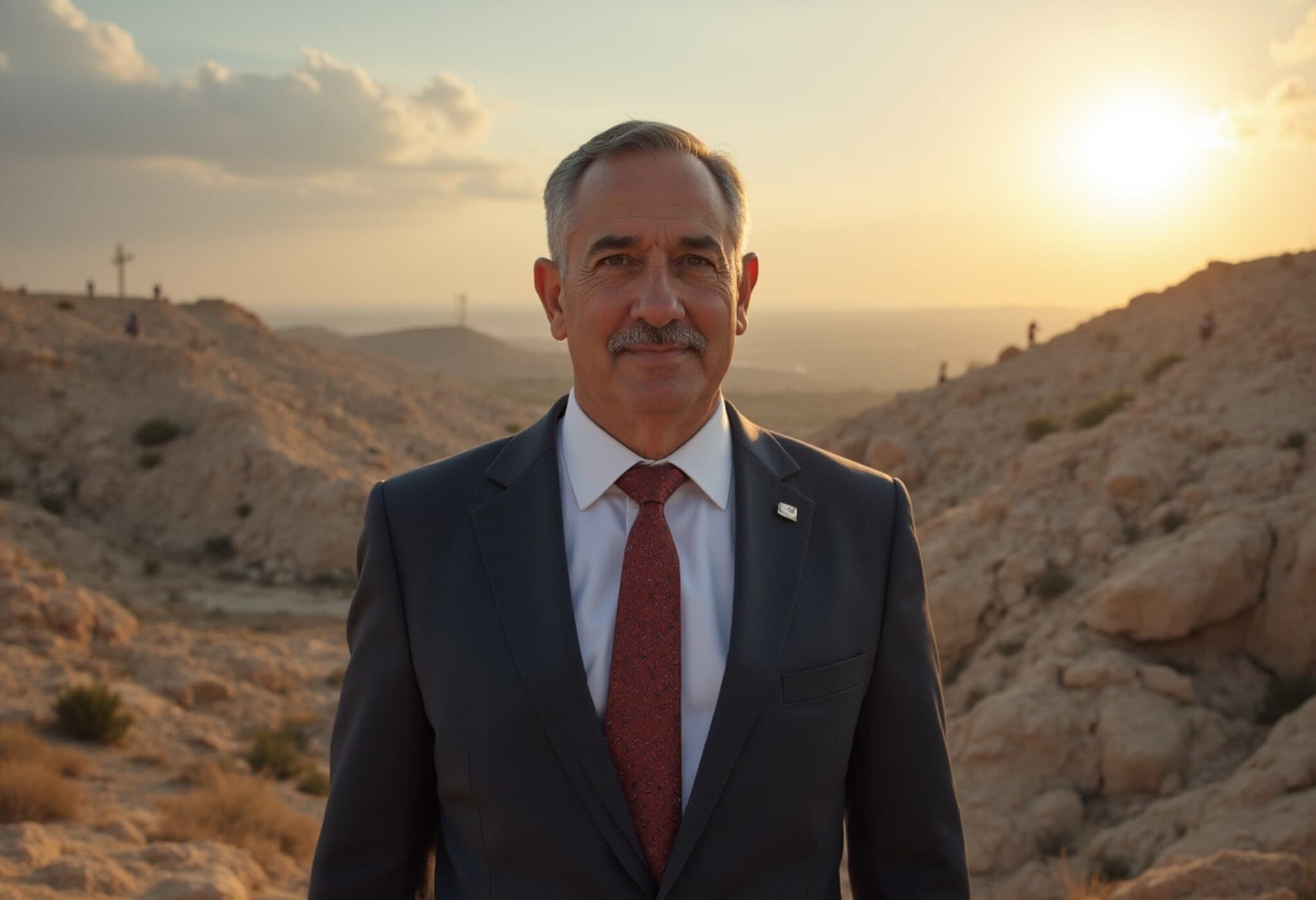European Defense Stocks Poised for Growth Amid Trump-Putin Summit
As U.S. President Donald Trump and Russian President Vladimir Putin prepare to meet in Alaska this Friday for high-stakes discussions on potentially ending the long-standing conflict in Ukraine, European defense stocks are already rallying — and experts suggest their upward trajectory won’t be derailed, no matter what emerges from the talks.
Market Reaction: Immediate Signal and Future Outlook
The announcement of the Trump-Putin summit sent European equity markets higher overall, yet paradoxically caused a temporary dip in defense sector stocks. This reaction is understandable given the sensitivity of defense equities to geopolitical tensions, particularly involving Russia. However, the broader narrative remains bullish.
Since early 2025, Europe's Aerospace and Defense index has impressively surged by 52%, a clear signal of investor confidence fueled by sustained increases in defense budgets across the continent and NATO’s strategic pivot toward modernization. Despite some volatility after the summit was revealed, defense shares rebounded, ending Thursday’s session up 1.3%.
Strategic Shifts Beyond Ukraine
Dmitrii Ponomarev, product manager at VanEck EU, underscores that European defense industry expansion is not merely a reaction to the Ukraine war but part of a broader, long-term strategic modernization effort. In fact, arms manufacturing capacity is expanding at nearly triple the pace typical in peacetime.
“The current ramp-up goes far beyond supply for Ukraine alone,” Ponomarev explains. “Europe is committing to a long-term defense spend goal of around 5% of GDP, with core defense spending at approximately 3.5%. This ensures steady demand for munitions, air defense systems, and modernization programs for years ahead.”
VanEck’s $6.9 billion Defense ETF holds major European defense players like Italy’s Leonardo, France’s Thales, and Sweden’s Saab. While companies heavily reliant on short-term Ukraine-related contracts might face some valuation corrections if conflict urgency subsides, diversified firms with long-cycle engagements and sustainment contracts are poised for resilience.
‘Win-Win’ Scenario Regardless of Peace or Continued Conflict
Christopher Granville, managing director of TS Lombard, paints a pragmatic picture: no matter if the summit resolves peacefully or fails, European defense stocks stand to benefit.
- If talks fail: Persisting conflict means continuous replenishment of Western arms inventories, sustaining high demand for defense procurement.
- If peace is reached: Russia would emerge as a formidable military force, prompting European nations to reinforce their defense capabilities as a deterrent and safeguard.
“Either path leads to increased defense spending,” Granville asserts. “Consequently, investors should view any short-term dips as buying opportunities.”
Long-Term European Rearmament: A Decade or More
Executives from the defense industry echo the sentiment that Europe’s defense buildup transcends the immediate crisis. Dimitrios Kottas, CEO of Greek defense tech firm Delian Alliance Industries, links the accelerated rearmament to deep-rooted historical and geopolitical dynamics that will shape defense investments for at least a decade.
Similarly, Saab CEO Micael Johansson sees no risks of a slowdown even if a ceasefire or peace deal materializes, given Russia’s aggressive posture to the east and the newfound consensus within Europe to strengthen strategic autonomy.
Challenges and Outlook: Earnings Volatility but Robust Fundamentals
The 2025 rally has been impressive but not without hiccups. For instance, German defense giant Rheinmetall’s shares fell by 8% following an earnings miss, attributed partly to a temporary pause in contracts amid Germany’s new government formation. Yet analysts remain confident in Rheinmetall’s long-term growth prospects due to a sizeable order pipeline.
Conversely, some analysts have issued cautionary downgrades on companies such as Hensoldt, Renk, and Saab, warning that their valuations might be pricing in overly optimistic growth scenarios. Nevertheless, optimism prevails among many market watchers.
Neil Birrell, CIO at Premier Miton, encapsulates the prevailing view: “Even if defense stocks soften following a peaceful resolution, the broader macro trend towards increased regional self-reliance in defense, energy, and critical resources is here to stay, underpinning sustained investment and long-term industry growth.”
Expert Insight: Why This Matters to Investors and Policymakers
From a U.S. and European policy perspective, sustained defense investment signifies a geopolitical recalibration. The summit itself highlights how intertwined diplomatic engagement and defense posturing are in navigating global stability.
For investors, recognizing the structural reshaping of defense priorities, beyond episodic conflicts, is crucial. The sector's growth is linked not only to current crises but to enduring themes of strategic autonomy, technological modernization, and multi-decade rearmament — making European defense stocks a compelling, albeit dynamic, opportunity.
Editor’s Note
The upcoming Trump-Putin summit is more than a diplomatic event; it's a pivotal moment underscoring the complexity of global security dynamics shaping defense markets. While peace talks invariably generate headlines, the deep strategic shifts within Europe’s defense sector suggest a resilient growth story that transcends short-term geopolitical uncertainty. Readers should watch for how defense companies adapt to evolving procurement patterns, the interplay of diplomacy and defense spending, and the broader implications for transatlantic security partnerships.

